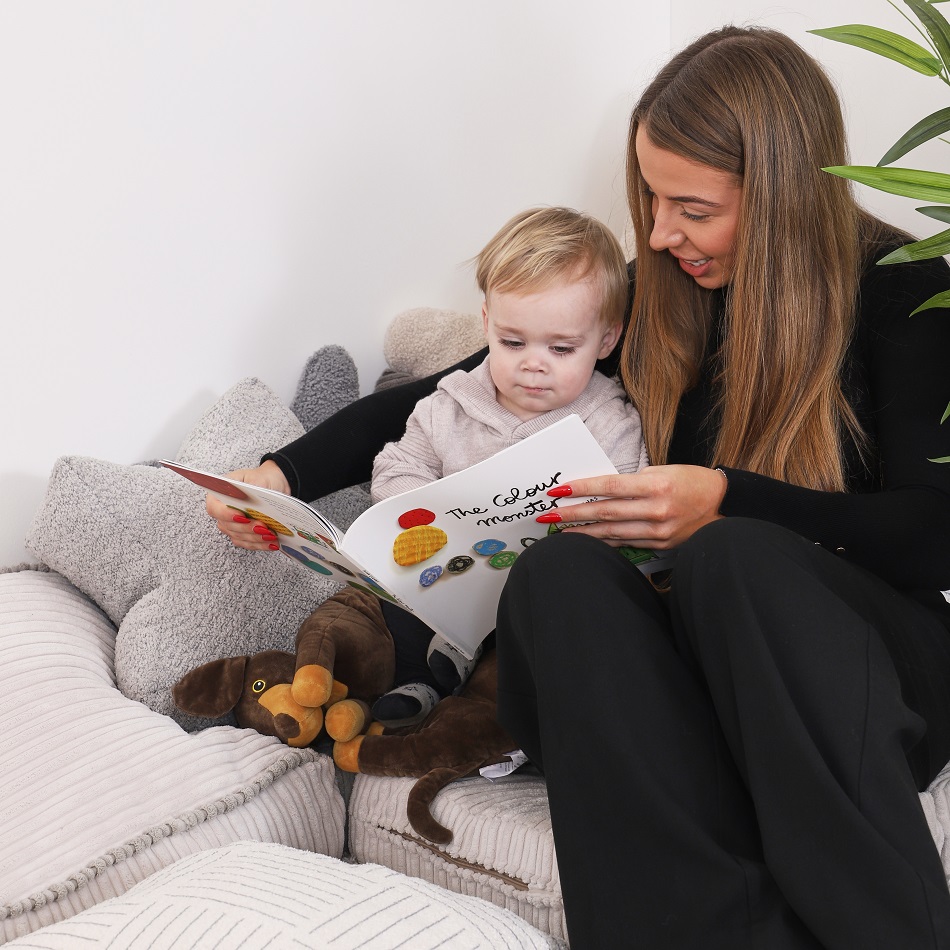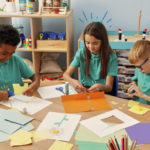
‘Inclusive education is not a privilege. It is a fundamental human right.” — Ban Ki-moon, former Secretary General of the United Nations.
Inclusion in early childhood education means creating environments where all children, regardless of their abilities, backgrounds, or needs, feel valued, respected, and able to fully participate in nursery life. This involves ensuring that children with additional support needs play and learn as equals with other children, fostering a deep sense of genuine belonging. The goal is meaningful participation that supports each child’s growth and development.
Creating an inclusive environment is a collective responsibility. It encompasses everyone involved in a child’s journey – practitioners, SENDCo’s, leaders, parents, families, and peers. Ensuring every child has equal access to learning opportunities, requires a proactive approach. This means that activities should accommodate varying needs by design, rather than a continual search for adaptations almost as an afterthought. For example, providing an array of different sized brushes for painting, placing resources at heights suitable for all children including those using walking devices, providing books and resources that reflect the cultural background of the children in the nursery and the wider society etc. Adaptations are indeed sometimes necessary and valuable but thinking about inclusivity at the design phase can mean that less adaptations are required.
Empathy and understanding are crucial components to inclusive practice. By encouraging conversations about difference and celebrating children’s and adult’s unique strengths, nurseries can cultivate an atmosphere of respect and acceptance for everyone. Children who learn from an early age that diversity is a normal and positive aspect of the human experience, are more likely to grow into empathetic adults who champion inclusivity in all areas of life.
A common misconception is that inclusive practices are expensive and require specific resources and equipment, whereas in fact, well-designed, durable, resources are suitable and beneficial for ALL children, including those with additional support needs. The focus should be on making a careful, discerning selection rather than additional expense. Ultimately, inclusion is as much about attitude and approach as it is about available resources.
When evaluating the vision, values and ethos of your nursery, be brave, shine a bright light and ask, “Where is the inclusion?” This may involve actively seeking feedback from staff, children and families, but by taking a proactive stance, nurseries can create environments that genuinely reflect inclusivity.
If you identify that there are areas for development, focusing on educating staff about how additional support needs might present, giving inclusive strategies and cultivating respect for diversity will all serve to develop a more knowledgeable, confident and empathetic team.
Regular, honest conversations among practitioners, parents, and children encourages a collaborative approach to inclusion, because “alone we can do so little; together we can do so much” (Helen Keller*). Encouraging practitioners to share success stories about inclusive practices, the progress of children with additional support needs, the positive impact of such practices on all children, can help to break down prejudices and inspire others to embrace inclusion. Plus, involving families in the process of decision-making helps them feel valued, respected and connected to the setting and staff.
Through open conversations, continuous learning, reflection, and a commitment to inclusive practices, you can create a space where every child and their families feel that they truly belong. Inclusion doesn’t require complex, expensive solutions, simply a willingness to see each unique child’s potential and create experiences that work for everyone.
*Keller’s vaudeville circuit speech (1920’s) Cited in Helen and Teacher: The Story of Helen Keller and Anne Sullivan Macy by Joseph P. Lash, Chapter: On the Vaudeville Circuit (1980)

With over 25 years of experience in early years education spanning across diverse roles, settings, countries and continents, Kay brings a wealth of experience to NDNA. Whether in her role as class teacher, head of department, headteacher, English as an additional language (EAL) adviser or working as a consultant with an NGO, Kay has a steadfast commitment to inclusive education and child-led learning. Her passion lies in creating inclusive environments that inspire curiosity, creativity, a life-long love for learning and meets the unique needs of every child. Kay is one of NDNA’s Early Years Advisers.


